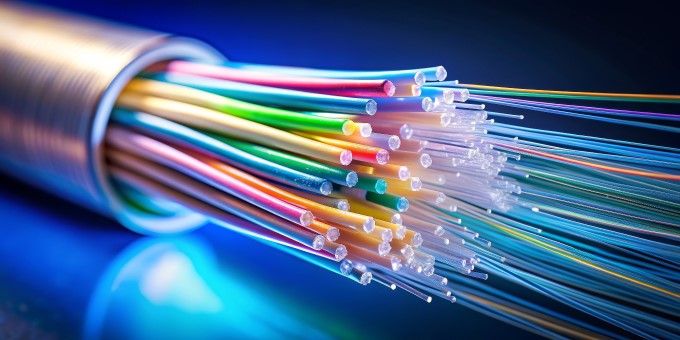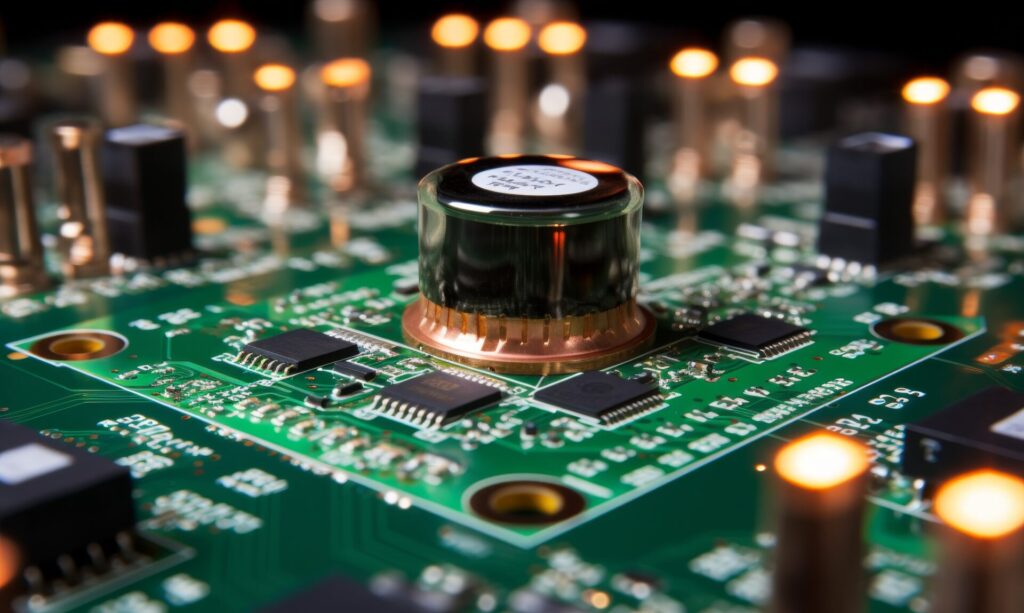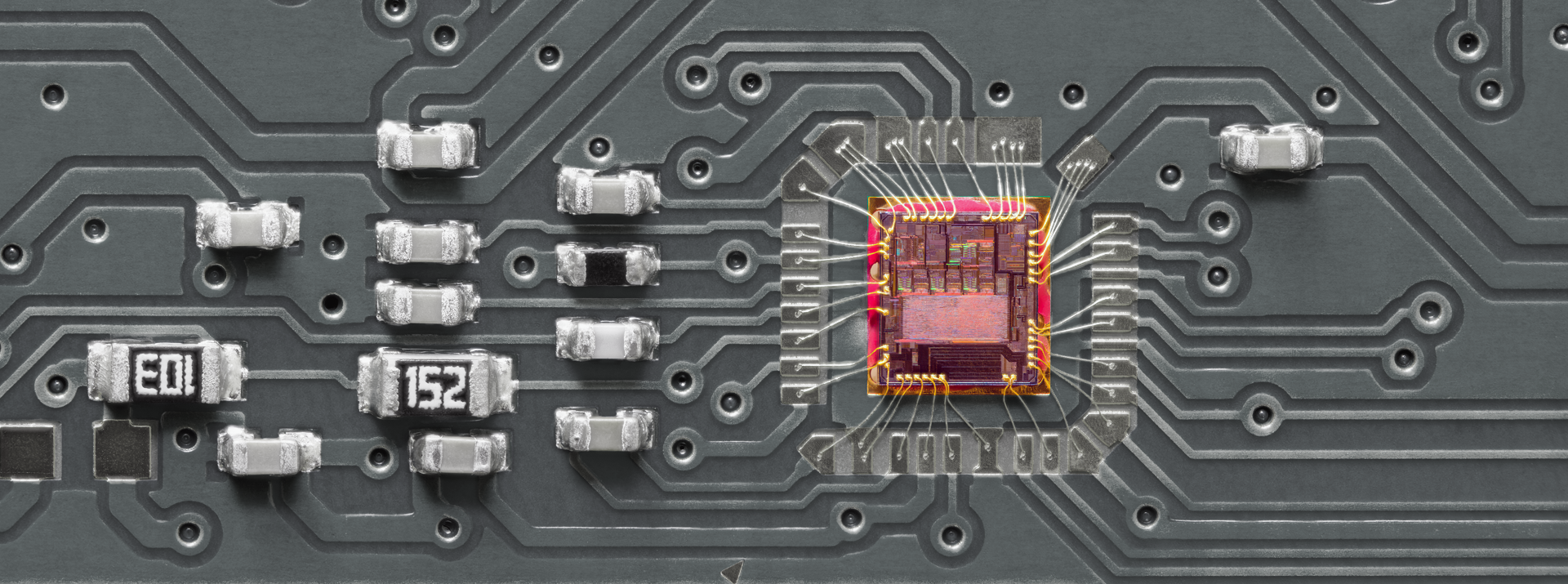
- Photonics
Overview of High-Speed Optical Communication Data Centers: Technological Innovation Supporting Future Digital Infrastructure
Contents
- 1 Essential elements for next-generation data centers
- 2 What are high-speed optical communication data centers?
- 3 Key characteristics of high-speed optical communication data centers
- 4 Advantages of optical interconnection between data centers
- 5 DWDM transmission technology for next-generation optical communication
- 6 Digital coherent transmission technology enables high-speed communication
- 7 Promising new technology: co-packaged optics (CPO)
Essential elements for next-generation data centers
As digital society continues its rapid development, the role of data centers grows even more important. One of the key factors necessary for next-generation data centers is high-speed performance. The widespread adoption of cloud computing and AI has led to a dramatic increase in data processing demand, creating a need for even faster data transmission and processing.
As data centers typically consume large amounts of electricity, energy conservation is essential to reduce the environmental impact. Scalability to flexibly handle future increases in data volume, system stability, and high-level security to address the risks of cyberattacks and information leaks are also required. On top of that, it is important to keep operating costs down and achieve high performance.
High-speed optical communication data centers are being built all around the world as a powerful system to meet these requirements for next-generation data centers.
What are high-speed optical communication data centers?
High-speed optical communication data centers supplement or replace electrical signal-based communication via conventional copper wiring with data transmission and processing using optical fibers and optical signals. By connecting servers, racks, and data centers with optical fibers to transmit information via optical signals, they achieve high-speed, high-volume information transfer.
High-speed optical communication data centers are expected to bring benefits not only to AI and cloud services but also to other industries such as finance, medicine/healthcare, entertainment, and automotive.
In finance, for example, high-frequency trading, complex financial model calculations, and other tasks requiring low-latency and high-volume data processing will see greater efficiency. In medicine and healthcare, it will be possible to send and process large volumes of medical data (for imaging diagnosis, etc.) in real time, and we may see progress in fields such as remote medicine and diagnosis support using AI. In the entertainment industry, services such as high-quality video streaming and cloud gaming will become more readily available. Meanwhile, in the automotive industry, high-speed optical communication data centers will play a key role in achieving high-speed, low-latency data processing for real-time coordination between autonomous vehicles and cloud-based systems as self-driving technology develops.
Key characteristics of high-speed optical communication data centers
The optical signals used in high-speed optical communication data centers travel approximately 300,000 km per second in a vacuum*1. While the speed is slightly slower in optical fibers, it is still faster than the 200,000 km per second achieved by electrical signals in copper wire. Additionally because optical communication experiences less attenuation than electrical signals, it is well-suited for long-distance transmission and can significantly increase communication speeds both within and outside a data center.
*1 Welcome – BIPM (Search – BIPM)
Optical fiber communication offers other advantages as well. Optical fibers provide hundreds of times the bandwidth of electrical cables, allowing it to transmit more data at once. In addition, a single optical fiber can transfer multiple optical signals of different wavelengths simultaneously by using wavelength division multiplexing (WDM) technology, which will be discussed later. This enables a significant increase in data transfer capacity.
The use of light also enables the reduction of a data center’s power consumption. With less signal attenuation than electrical cables, optical fibers have less power loss during long-distance transmission. Moreover, because optical devices generate less heat than electrical devices, the load on the cooling system can be reduced as well. Finally, the direct use of optical signals in a data center reduces the number of electrical-to-optical conversions, minimizing the power lost during conversions. As a result of these factors, high-speed optical communication data centers can achieve energy savings of 30% or more under certain conditions compared to conventional data centers. *2
*2 Future semiconductor strategy and next-generation optical data centers enabled by future optoelectronic convergence technologies (JP)
High-speed optical communication data centers can expand network capacity more easily than conventional data centers simply by adding new optical fibers, allowing for flexible response to rapid increases in data volume. Optical fibers are thinner and lighter than electrical cables, making it possible to operate more systems in a limited space.
Thanks to these characteristics, high-speed optical communication data centers are highly anticipated to serve as the foundation for next-generation data processing.
Advantages of optical interconnection between data centers
Optical communication technology plays an important role in communication between data centers located dozens or hundreds of kilometers apart. Optically interconnecting data centers enables high-speed, high-volume data transfer between geographically distributed data centers. The longer the distance, the more pronounced the advantages of optical interconnection become, particularly in terms of high bandwidth and low latency. Using wavelength division multiplexing (WDM) developed for optical communication and 400G ZR technology with data transfer speeds of 400 gigabits per second (400 Gbps)*3 can enable communication with distant data centers with extremely low latency.
*3 What is this technology that will enable next-generation high-speed networks known as 400G ZR? | Ruijie Networks Japan (JP)
Optical interconnection offers advantages from an information security standpoint as well. External interception of optical signals is very difficult because they are unaffected by electromagnetic interference and signal leakage from the fibers is extremely low. Optical signals are highly compatible with encryption, and there is significant potential for the future implementation of quantum cryptography communication over optical fibers. Due to these characteristics, optical interconnection is an ideal choice for data centers of organizations that require high-level security.
DWDM transmission technology for next-generation optical communication
Wavelength division multiplexing (WDM) technology is bringing significant improvements to communication speeds for high-speed optical communication data centers. WDM allows multiple optical signals with different wavelengths to be transmitted simultaneously over a single optical fiber. In recent years, a denser version of WDM called DWDM (Dense Wavelength Division Multiplexing) has also been developed. In some cases, DWDM can transmit optical signals with up 160 or more wavelengths simultaneously over a single optical fiber. Each of these signals has a transmission speed of 100 Gbps*4 or more per wavelength, enabling transmissions of multiple terabits per second over one optical fiber. This represents a significant increase in transmission capacity compared to conventional WDM technology.
*4 Introduction to WDM technology: the basics and applications of wavelength division multiplexing that supports next-generation communications | newji (JP)
On the sending side of DWDM transmission technology, lasers generate light with different wavelengths and data is modulated onto each wavelength. These signals are multiplexed by a combining device called a MUX filter and sent along a single fiber. On the receiving side, a demultiplexer called a DEMUX filter separates the combined wavelengths back into the original data.
The primary advantage of DWDM is the ability to greatly increase transmission capacity while using existing fiber infrastructure. This makes it possible to easily expand communication networks while fully leveraging existing infrastructure to dramatically improve cost performance.

Digital coherent transmission technology enables high-speed communication
In addition to WDM technology, digital coherent transmission is another high-speed optical communication technology that began to be adopted around 2010. Digital coherent transmission technology is an advanced modulation method that uses both the amplitude and phase of optical communication signals to transmit more information at once. This technology enables optical communication at higher speeds and over longer distances compared to conventional direct detection methods.
Previously, optical communication sent digital signals using light on/off keying. This was similar to turning a flashlight on and off to send messages in Morse code. In contrast, digital coherent transmission enables the inclusion of more information in the light by changing the phase (the color of the flashlight’s light) and amplitude (intensity). Specifically, the sending side modulates the height (amplitude) and shape (phase) of electromagnetic waves of light before sending a light signal. On the receiving side, a light detection device converts the signal into an electrical signal and perfoms digital signal processing to correct distortions that may occur during transmission, restoring the original signal with high precision.
A key advantage of digital coherent technology is its ability to transmit 100 Gbps or more per wavelength at high speeds, enabling the transmission of more information within limited bandwidths. Additionally, due to its low signal degradation, it has become essential for high-speed optical communication data centers that conduct long-distance transmissions.
Promising new technology: co-packaged optics (CPO)
One of the core technologies supporting the next generation of high-speed optical communication data centers is a new platform called co-packaged optics (CPO). CPO is an advanced technology that integrates electronic chips and optical engines into a single package. This technology can dramatically increase communication speed in a data center while significantly reducing power consumption.
One of CPO’s advantages is high-speed communication. Minimizing the distance between electronic chips and optical engines enables extremely high-speed data transfer. Moreover, the shorter electric wiring length and reduced conversion frequency between optical and electric signals significantly reduce power consumption. In addition, integrating multiple functions into a single package results in overall system miniaturization and high density. CPO technology can expand the bandwidth for each chip to several terabits per second, raising expectations for it to take a central role in supporting the next generation of high-speed optical communication data centers.
As seen above, high-speed optical communication data centers are powerful systems that offer many elements necessary for next-generation data centers such as high speed, high capacity, low latency, energy efficiency, and high security. The introduction of advanced technologies such as DWDM transmission, digital coherent technology, and CPO will lead to further performance improvements.
As the demand for data processing continues to increase with the advancement of our digital society, high-speed optical communication data centers will no doubt continue to evolve as a critical infrastructure element.
- SHARE
 Back to top
Back to top  Contact us
Contact us 













